Choosing your first sake
Posted in All

Sake is deep – with the rice variety, water, yeast and many more factors making the difference between a fruity, sweet dessert-wine like sake and a dry brew with a strong kick.
It’s very easy to get confused or worse, choose the wrong sake for yourself. Because of this we wanted to make things into a simple directory for you to be able to choose the most appropriate sake depending on the occasion and the taste.
Press any of the links below to jump to our recommendation for that type.
As a Gift
By Taste
With Food Pairing
- A sake … to go with steak or Western meat dishes
- A sake … to go with tomato / anchovy based pasta
- A sake … to go with other French / Italian dishes
- A sake … to go with salty / savory Asian dishes
- A sake … to go with sushi or other mild-tasting foods
The Best Sake … as an Exclusive Gift
Sakura Sakura – Tanizakura Brewery

The top grade product from Tanizakura Brewery.
Every single part of this has expert artistry built into this – from the 35% polish rate (ie. only 35% of the pure core of the rice remains after refining), to the rice which is certified as organic, to the brewing using the traditional sakabune, to the label made of washi (Japanese paper).
To topThe Best Sake … as a Decent Gift / for a House Party
Saykoh Omachi – Takenoi Brewery

Striking with its light blue bottle color and a very rare blend given how it is brewed using the yeast from the climbing rose flower. (Only around 2% of breweries in Japan are able to use flower-derived yeast)
Its flavor profile is very refreshing and light. With its mild dryness, this makes it a blend that is the perfect contribution for a house party while also carrying the refinement to be a special gift.
To topThe Best Sake … for sake beginners
Saykoh Aiyama – Takenoi Brewery

A finely balanced sake – mildly sweet that is most noted for its exquisite, fruity smell and its mildly refreshing and refined taste.
The flavor complexity, tartness and savoriness of the Aiyama are all moderated to make this a good first step for people looking for the first brew to start their sake adventure.
To topThe Best Sake … for the sweet tooth
Junmai Ginjo Wakasa – Obama Brewery

The top grade brew from the Obama Brewery, using the top-quality rice, water and yeast from the brewery’s region.
The chardonnay like aroma, smooth savoriness mixed with its sweet flavor and light aftertaste makes this the perfect brew for people who prefer sweeter alcohols.
To topThe Best Sake … for Drier Tastes
Namaiki – Tanizakura Brewery
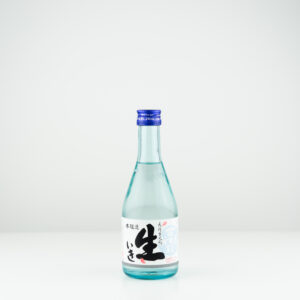
A dry namazake (unpasteured sake) that was the first namazake produced in its prefecture’s history and enjoyed by loyal fans in its over 40 years of production.
Dry, but with a tint of a lighter, more refreshing taste than other similar sakes.
To topThe Best Sake … to go with Steak or other Western Meat Dishes
Sakuramori – Tanizakura Brewery
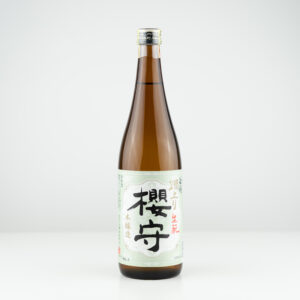
Recommended by world-renowned sommelier, Tazaki Shinya, as his go-to sake to go with beef confits.
When served cold, it has a refreshing taste to clear your palette. When served warm, it has a rich and dry taste to enhance the savoriness of meat.
To topThe Best Sake … to go with tomato / anchovy based pasta
Furuzeniya Hizoshu – Tanizakura Brewery
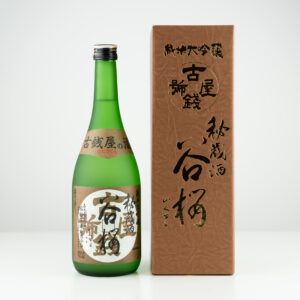
Aged for more than 5 years at freezing temperatures, adding a mellow undertone to its taste.
The Furuzeniya Hizoshu is mildly dry, with a fuller flavor than most other sakes – perfect to enhance the taste of the pasta you are enjoying.
To topThe Best Sake … to go with other French / Italian cuisine
Hana no Sato – Obama Brewery
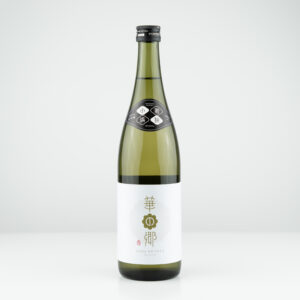
A sake specially brewed by Obama Brewery for versatility with many cuisines.
The dryness and mild fragrance of the Hana no Sato enhances without overpowering the flavor of food. Haru’s sommelier recommends this with cuisines ranging from pâtés, fish carpaccio to even steamed mussels.
To topThe Best Sake … to go salty / savory Asian cuisine
Saykoh Gohyakuman-goku – Takenoi Brewery
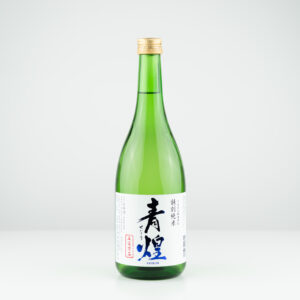
Two possible choices that we can recommend here. The Saykoh Gohyakuman-goku is for those who prefer a lighter, cleaner alcohol taste with their food.
The aroma is mellow with a refreshing, light and clean flavor. Suggested pairings are for example yakitori, yakiniku, gyoza, hotpot etc.
To topTakenoi Sakura – Takenoi Brewery
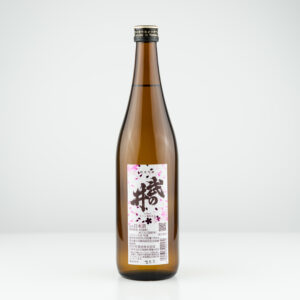
The Takenoi Sakura is made by the same brewer, but using sakura flower yeast.
Compared to the Gohyakuman-goku the Takenoi Sakura has a fuller, more savory flavor which can enhance the flavor of the food you are enjoying it with. Possible pairings are with grilled fish, savory seafood, tempura etc.
To topThe Best Sake … to go with sushi / sashimi and other mild-tasting foods
Takenoi Himawari – Takenoi Brewery

We can recommend two more choices for mild foods, starting from the Takenoi Himawari. The Himawari is made from yeast extracted from the sunflower and is only sold in summer in Japan.
The Himawari comes with a clean, refreshing and citrusy-taste taste, perfect to give a bit of zest of to the mild flavors of your food
To top